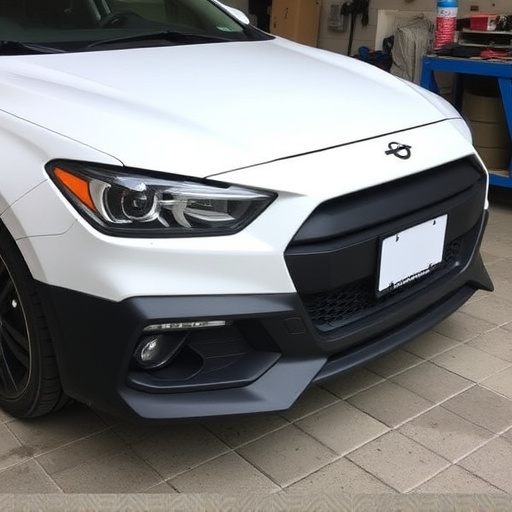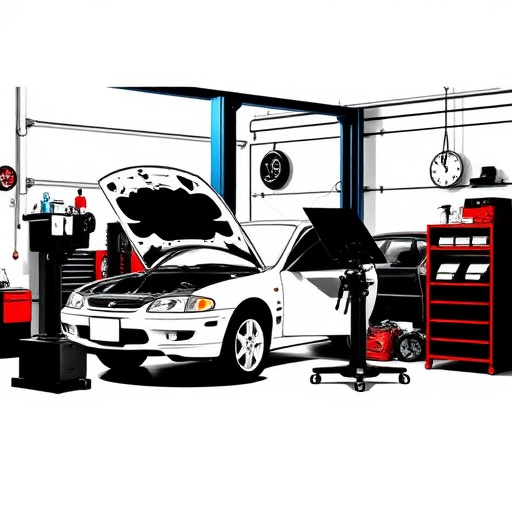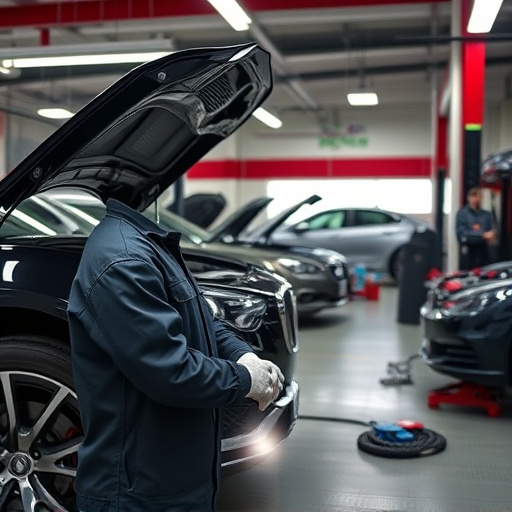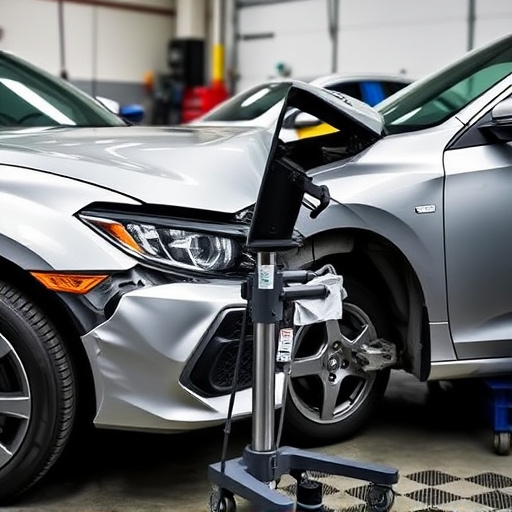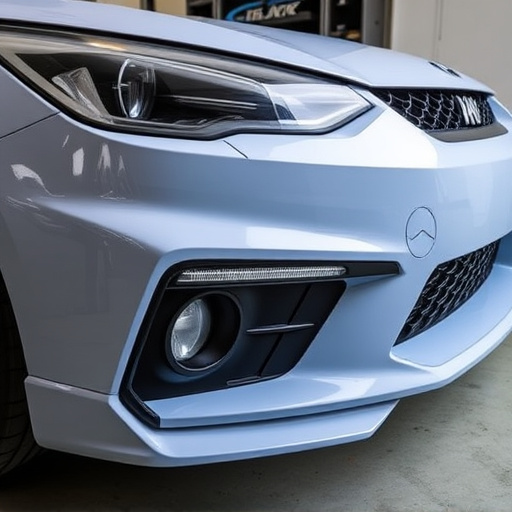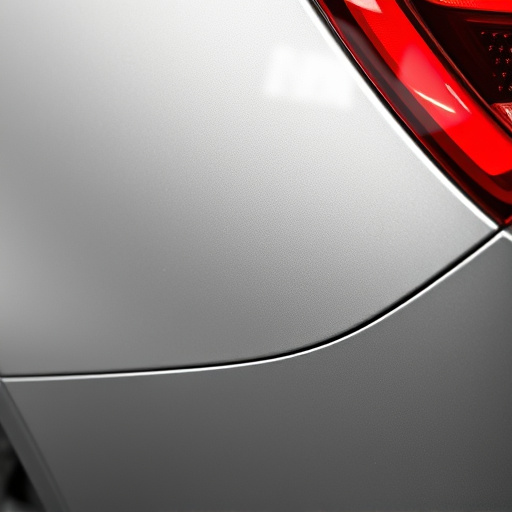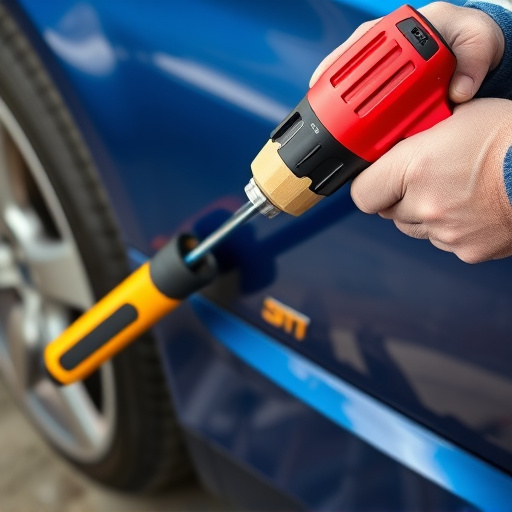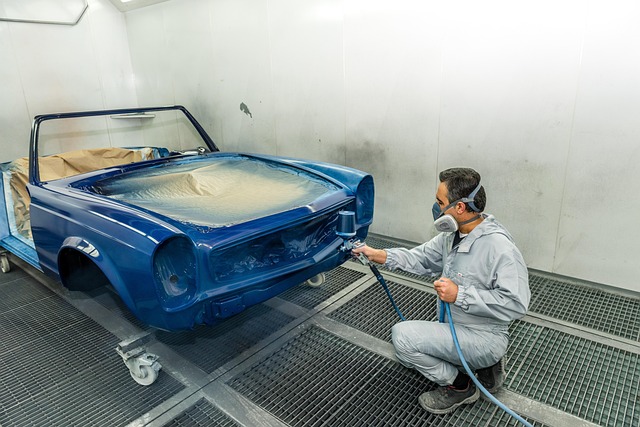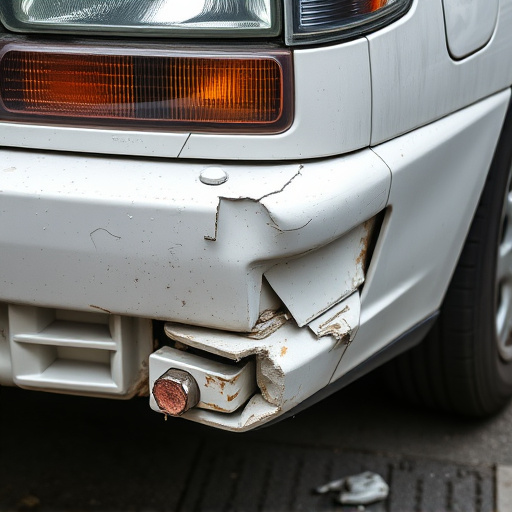Mercedes spot weld bonding is a pioneering automotive innovation, using advanced technology to ensure vehicle safety and strength in crash tests. This method, involving strategic spot welds and specialized agents, meets global standards and sets a high bar for collision repair. Expert technicians in Mercedes collision centers apply these bonds, contributing to the brand's superior safety ratings and aligning with international manufacturing standards.
Mercedes-Benz, renowned for its luxury and innovation, leverages advanced technologies in vehicle manufacturing. One such critical process is Mercedes spot weld bonding, which plays a pivotal role in ensuring structural integrity and safety. This article explores how Mercedes employs precise spot welding techniques to meet stringent global crash test standards. By understanding the art of spot weld bonding, we uncover the vital contributions it makes to modern car safety regulations, setting benchmarks for industry compliance.
- Mercedes Spot Welding Techniques: A Deep Dive
- Global Crash Test Standards and Compliance
- Bonding Strength: Ensuring Vehicle Safety
Mercedes Spot Welding Techniques: A Deep Dive

Mercedes has long been a leader in automotive innovation, and their spot weld bonding techniques are no exception. By utilizing advanced technologies and precise methodologies, Mercedes ensures that every vehicle manufactured meets or exceeds global safety standards. This process involves meticulously applying spot welds to key structural components, creating a robust bond that enhances the car’s overall strength during crash tests.
The brand’s engineers don’t just stop at traditional tire services and mercedes benz repair; they go beyond to develop specialized equipment and procedures for collision repair shops. These advancements guarantee consistent and high-quality welds, ensuring the safety and integrity of every Mercedes vehicle. Through continuous research and development, Mercedes continues to refine its spot weld bonding techniques, further solidifying its reputation as a global leader in automotive safety.
Global Crash Test Standards and Compliance
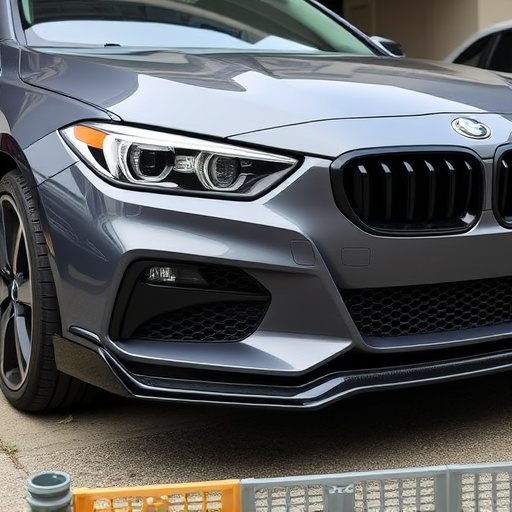
The automotive industry is subject to stringent global crash test standards, designed to ensure vehicle safety and protect passengers in various types of collisions. These regulations vary across regions but share common goals, such as minimizing structural damage, preventing fire hazards, and reducing injury risk for occupants and pedestrians. For luxury car brands like Mercedes, adhering to these international standards is paramount.
Mercedes spot weld bonding plays a significant role in meeting these requirements by enhancing vehicle rigidity and structural integrity. This advanced technique involves precisely joining metal components, ensuring a solid structure that can withstand severe impacts without compromising safety. By combining spot welds with specialized bonding agents, Mercedes maintains compliance with global crash test protocols, setting a high bar for automotive restoration and ensuring that their vehicles provide top-tier protection in the event of an accident. This commitment to precision engineering is what sets Mercedes apart in the market, even when it comes to addressing seemingly minor issues like car dent removal or vehicle paint repair.
Bonding Strength: Ensuring Vehicle Safety
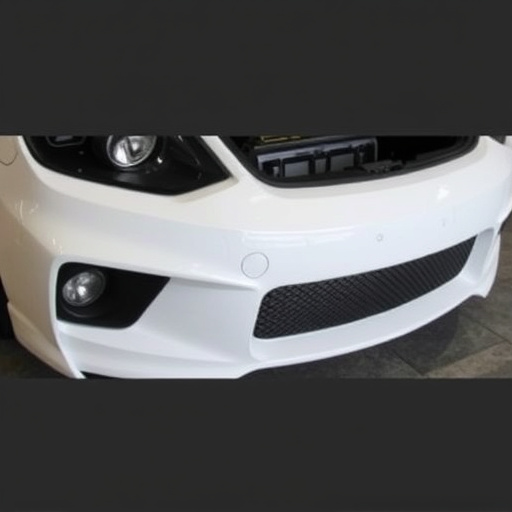
Mercedes spot weld bonding plays a pivotal role in ensuring the structural integrity and safety of vehicles. The strength of these bonds is critical during global crash tests, where cars are subjected to extreme forces. High-quality spot welds act as the foundation for the entire vehicle body, holding components together firmly even under severe impact. This critical aspect of car body restoration ensures that the vehicle maintains its structural integrity, enhancing passenger safety.
In a collision center or vehicle body shop, experts meticulously apply and strengthen these bonds using specialized techniques. The precision involved in spot weld bonding directly contributes to the overall performance and safety ratings of Mercedes vehicles during rigorous testing protocols. This commitment to robust manufacturing processes is what sets Mercedes apart, guaranteeing compliance with global safety standards.
Mercedes spot weld bonding is a key component in maintaining compliance with global crash test standards, ensuring vehicle safety without compromising on structural integrity. By utilizing advanced techniques and focusing on bonding strength, Mercedes continues to set the bar for automotive manufacturing, prioritizing both passenger protection and regulatory adherence. This commitment to excellence underscores Mercedes’ reputation as an industry leader in safety technology and innovation.
